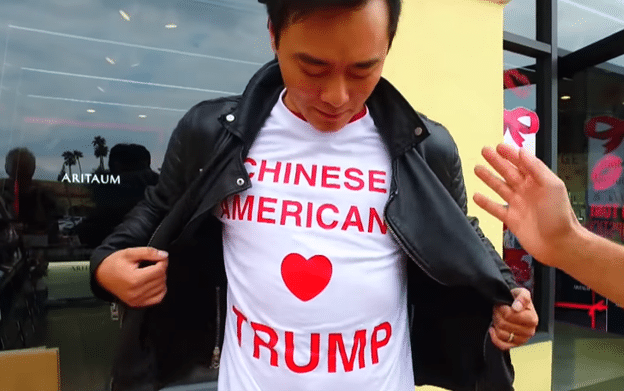The marked shifts of Black and Hispanic voters away from the Democratic Party is something Americans for Limited Government Foundation (ALGF) has covered in depth, but new data shows Asian Americans are also abandoning the left.
The New York Times recently published analysis of voter turnout in the 2022 gubernatorial election in New York and showed New York City neighborhoods with a heavy Asian population shifted toward the GOP by 23 points compared to 2018. The Times analysis showed, it was the “largest electoral shift in Asian neighborhoods in the period from 2006 to 2022.”
Nationwide, Asian Americans saw a 17-percentage point shift toward the GOP between 2018 and 2022, according to exit polls. In 2018 Democrats won Asian voters 77% to 23%, while in 2022 that margin shrank to 58% to 40%.
Three years ago, President Biden underperformed Hillary Clinton with Asian Americans by four percentage points nationwide, while Trump gained 7 points compared to 2016.
In California, which boasts the largest Asian American population in the US at around half a million people, Trump gained 5 points with Asian voters in 2020 over his 2016 numbers.
In Texas, with boasts about 1.2 million Asian Americans, Biden saw a nine-point decline compared to Clinton among Asian voters. Clinton won Asian Americans 72% to Trump’s 26% in 2016, but Biden won just 63% in 2020. Trump earned 30% in 2020, a four-point gain since 2016.
ALGF’s analysis of the 2021 Virginia governor’s race showed Asian and Hispanic voters, as well as lower income voters, were heavily represented in Fairfax County precincts that became more Republican in 2021.
We analyzed the precincts that shifted more toward Gov. Glenn Youngkin compared to 2017 and showed Fairfax County precincts that shifted away from the Democrat candidate in 2021 the most had an average Asian population of 24.9%.
ALGF’s First Generation research also shows Southeast and Central Asians are open to conservative messages and a significant majority identify as moderates or independents. Among South/Southeast Asians, 50% of respondents in our survey identified themselves as moderates on economic issues, while 25% identified as liberal and 24% identified as conservative. Those numbers were even more favorable among Central Asians, with 55% identifying as conservative on economic issues, 27% identifying as moderate, and just 17% identifying as liberal.
We also found 15% of South/Southeast Asians identify as Republicans, and 54% identify as Independents, while 27% identify as Democrats. Among Central Asians, a full 44% identified as Republican, 37% identified as Independent, and just 19% identified as Democrats.
With the right message, Republicans have a significant opportunity to grow their share of the Asian vote in the midterms, particularly with careful attention to the diverse range of views and priorities of various Asian groups.
Manzanita Miller is an associate analyst at Americans for Limited Government Research Foundation.







